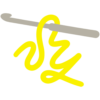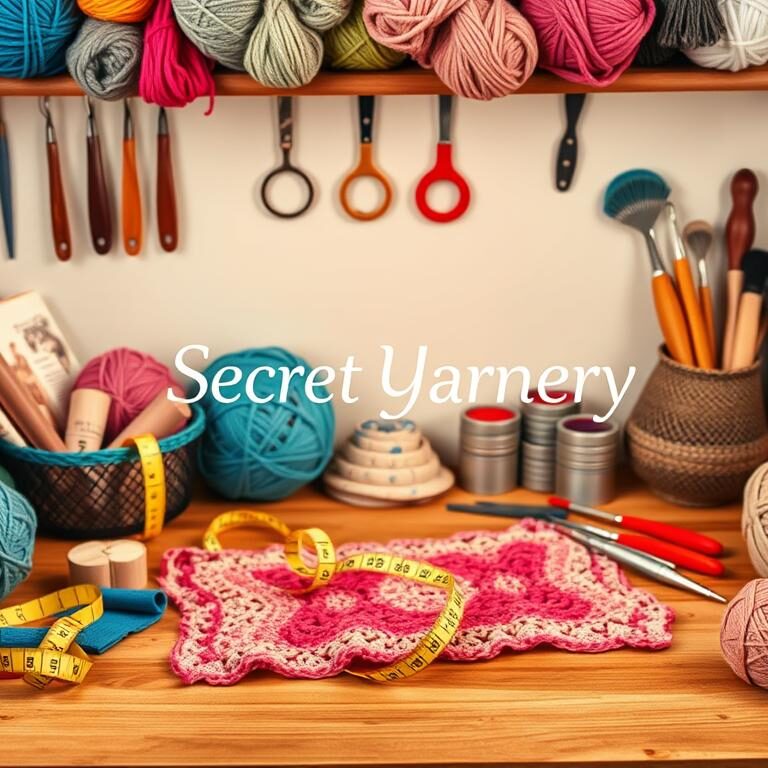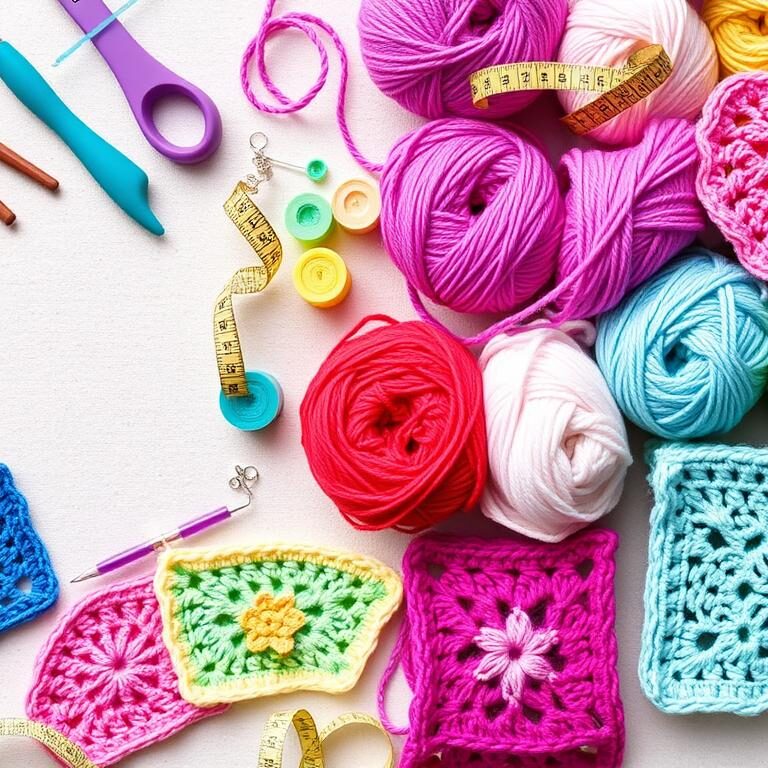Super Easy Crochet Scarf Pattern for Beginners
Super Easy Crochet Scarf for Beginners Looking for an easy crochet scarf that works up fast? This one’s perfect for experienced crocheters and beginners alike! Whether you’re crocheting on a chilly day or whipping up a last-minute gift, this super cozy scarf checks all the boxes. It’s worked with two strands of worsted weight yarn,…





